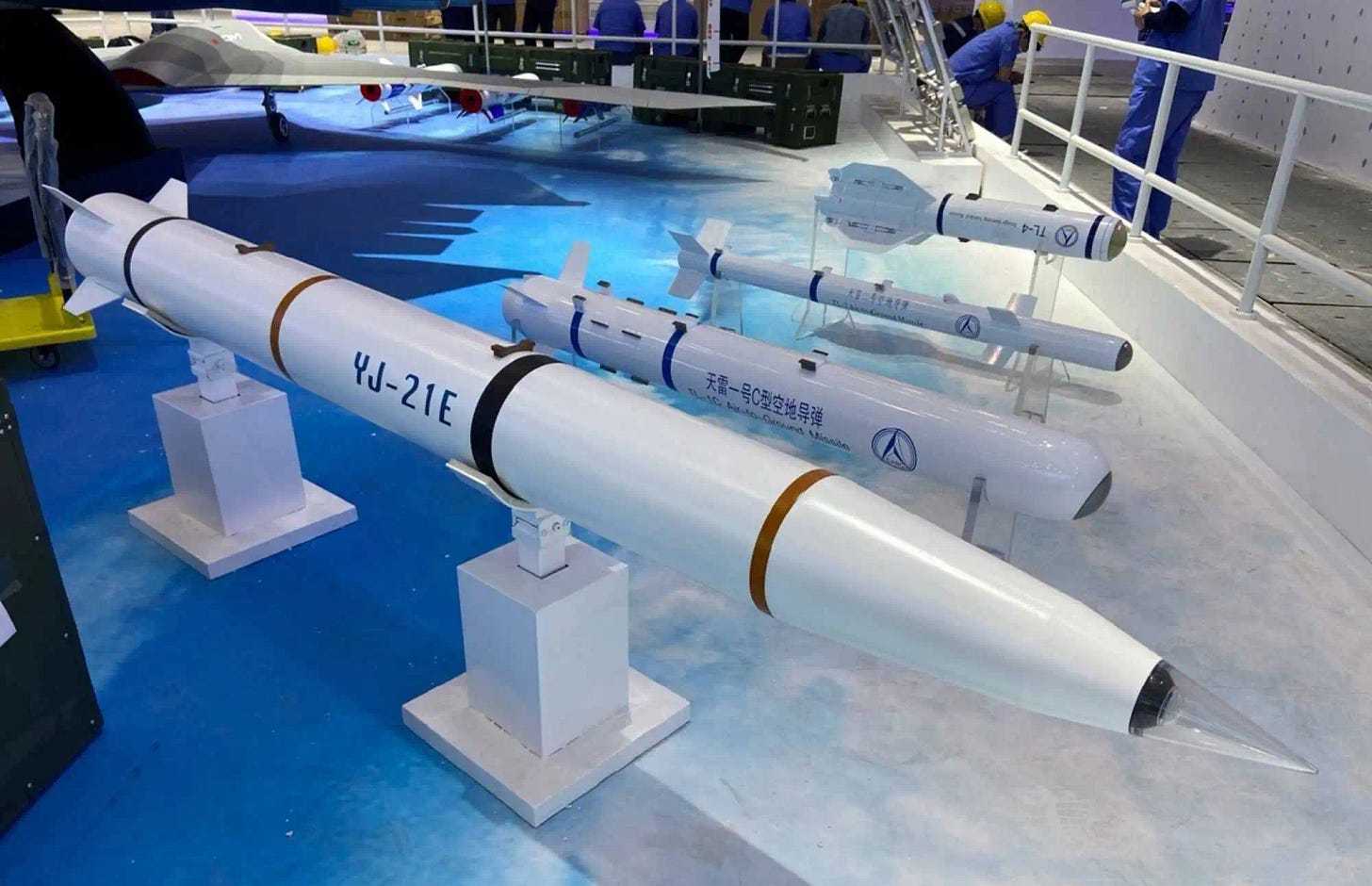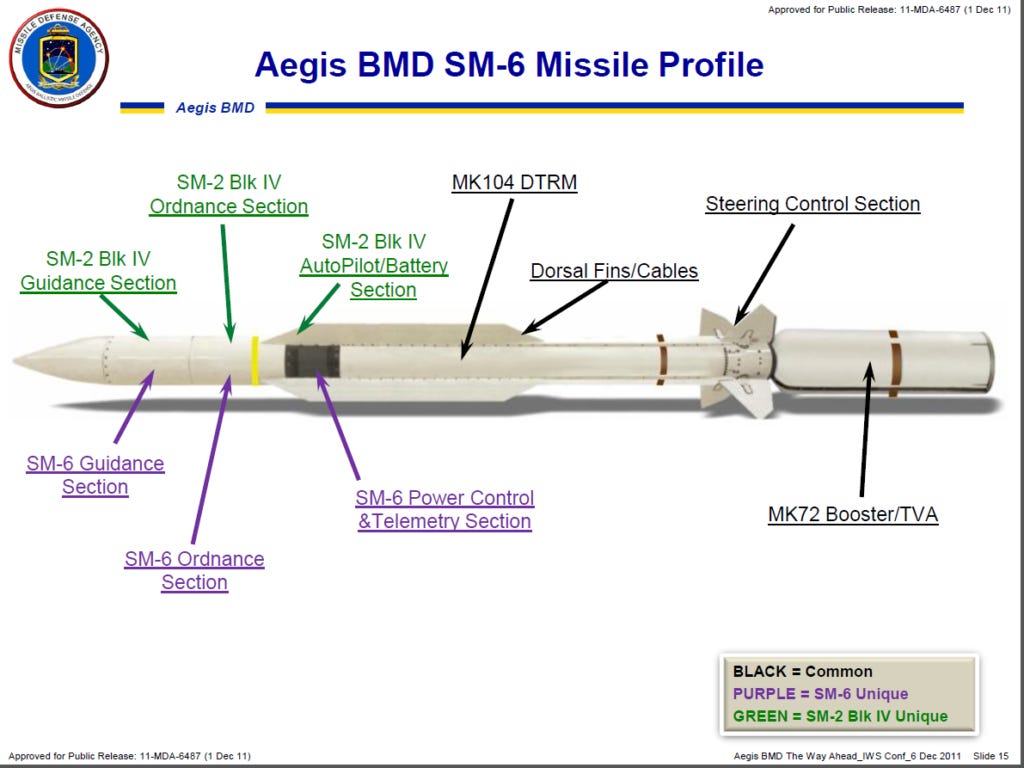The World's First Hypersonic Glide Phase Interceptor
The Missile Defense Agency has chosen to move forward with Northrop Grumman's vision for a Hypersonic Glide Phase Interceptor
The Engineer's Perspective is a reader-supported publication. Sign and up and subscribe to see more in-depth Aerospace/Aeronautical Analysis!
Table of Contents:
Overview:
Traditional Missile Defense Systems and Their Gaps
Where Glide Phase Interceptor Fits In
Key Features
Concept of Operations
Mission
System Components
Operational Phases
Battle Damage Assessment
Systems Engineering Requirements
Performance Requirements
Integration Requirements
Operational Requirements
Conclusion
References
Overview:
In recent years, hypersonic weapons have emerged as a significant threat due to their high speeds and unpredictable trajectories. To address this evolving challenge, the United States Missile Defense Agency (MDA) has partnered with Northrop Grumman under the Glide Phase Interceptor (GPI) Cooperative Development agreement. The GPI is a cutting-edge missile defense system designed to counter hypersonic threats during their glide phase, addressing a critical gap in current missile defense capabilities.
Traditional Missile Defense Systems and Their Gaps:

Traditional ballistic missile defense systems are optimized to counter threats that follow predictable trajectories. However, hypersonic weapons present a unique challenge due to their ability to maneuver unpredictably throughout their flight path, making them extremely difficult to track and intercept with existing technologies.
Examples of this threat technology include China’s YJ-21 missile:
The YJ-21 is a hypersonic anti-ship ballistic missile that has been developed by China. It is reportedly capable of being launched from ships and potentially aircraft. The YJ-21 is believed to be part of China's efforts to create a "hypersonic" attack capability that could potentially be used in scenarios involving Taiwan.
Key points about the YJ-21:
It is a ship-launched hypersonic weapon publicly listed as reaching between Mach 6 and Mach 10.
China has publicly displayed firings of this missile:

Video of YJ-21 Missile Test (Youtube) An air-launched variant may have been tested on an H-6K bomber.
It represents a significant hypersonic threat in the Pacific region.
The GPI specifically targets the glide phase of hypersonic weapons' flight, which occurs after the initial boost phase and before the terminal approach to the target. A capability such as this would be crucial in defending against weapons like the YJ-21.
Where Glide Phase Interceptor Fits In:
Glide Phase Interceptor is designed to address a critical gap in current missile defense systems. The GPI specifically targets the glide phase of hypersonic weapons' flight, which occurs after the initial boost phase and before the terminal approach to the target. During this phase, hypersonic glide vehicles can alter their course and altitude, making them particularly elusive. By focusing on this phase, the GPI aims to increase the probability of successful interception before the threat enters its terminal phase prior to impacting with target.
Key Features
The Glide Phase Interceptor (GPI) incorporates several advanced features that enable it to counter hypersonic threats effectively. These features include
Launch Platform: The GPI is designed to be launched from U.S. Navy Arleigh Burke-class destroyers equipped with radar systems, allowing for real-time data exchange, enhancing target acquisition speed and accuracy during intercept operations.
Integration: The GPI will be integrated with the modified Baseline 9 Aegis Weapon System, which detects, tracks, controls, and engages hypersonic threats.
Defensive Layer: The GPI serves as a critical link between the Navy's SM-3 and SM-6 missiles, providing an additional layer of defense against hypersonic threats.
In terms of Altitude and Range the following list applies:
SM-3 for Intermediate ballistic missile threats during Mid-Course Interceptions
Glide Phase Interceptor for Intercepting Hypersonic Glide Vehicles in Glide Phase
SM-6 for intercepting missiles at Terminal Phase


Keep reading with a 7-day free trial
Subscribe to The Engineer's Perspective to keep reading this post and get 7 days of free access to the full post archives.



